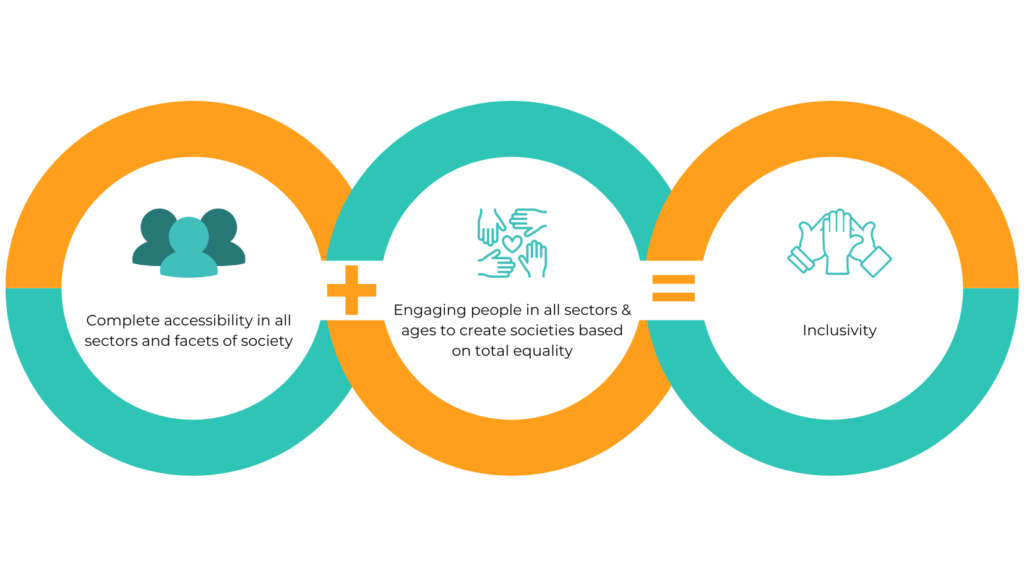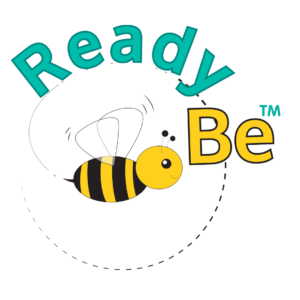
An inclusive World
“UNIVERSAL DESIGN IS DESIGN THAT’S USABLE BY ALL PEOPLE, TO THE GREATEST EXTENT POSSIBLE, WITHOUT THE NEED FOR ADAPTATION OR SPECIALIZED DESIGN”
–Ron Mace
The biggest challenge of designing for “all people” is making sure that it’s functional for people with any type of impairment of the body or the mind while ensuring that the design is useful for everyone.
Universal design is truly for everyone, despite widespread confusion about it only being for people affected by disability. Universal Design wouldn’t be needed if disability wasn’t part of being human.
“Accessibility allows us to tap into everyone’s potential.”—Debrah Ruh

Connect with Us
© 2022 ReadyBe™
